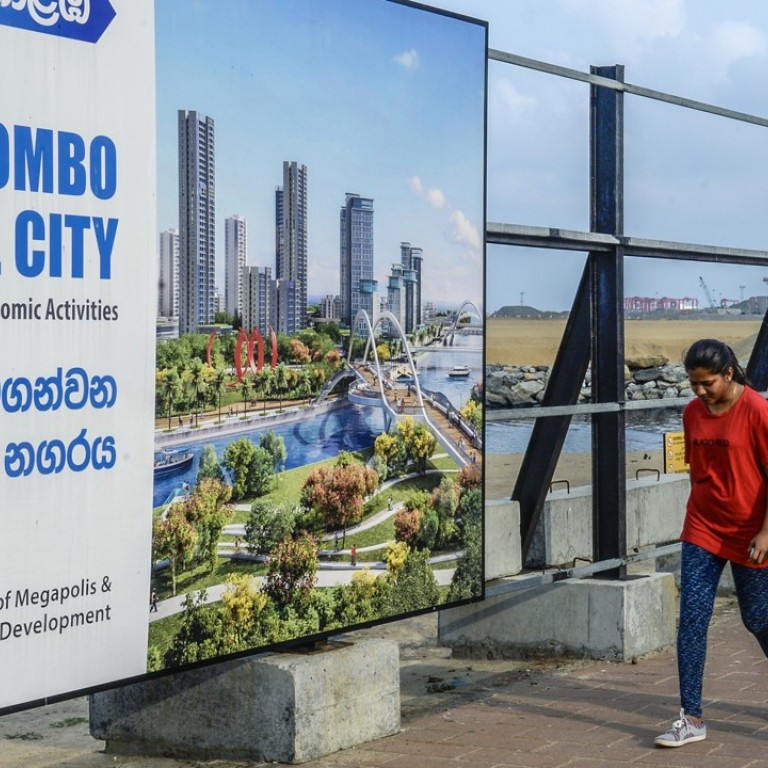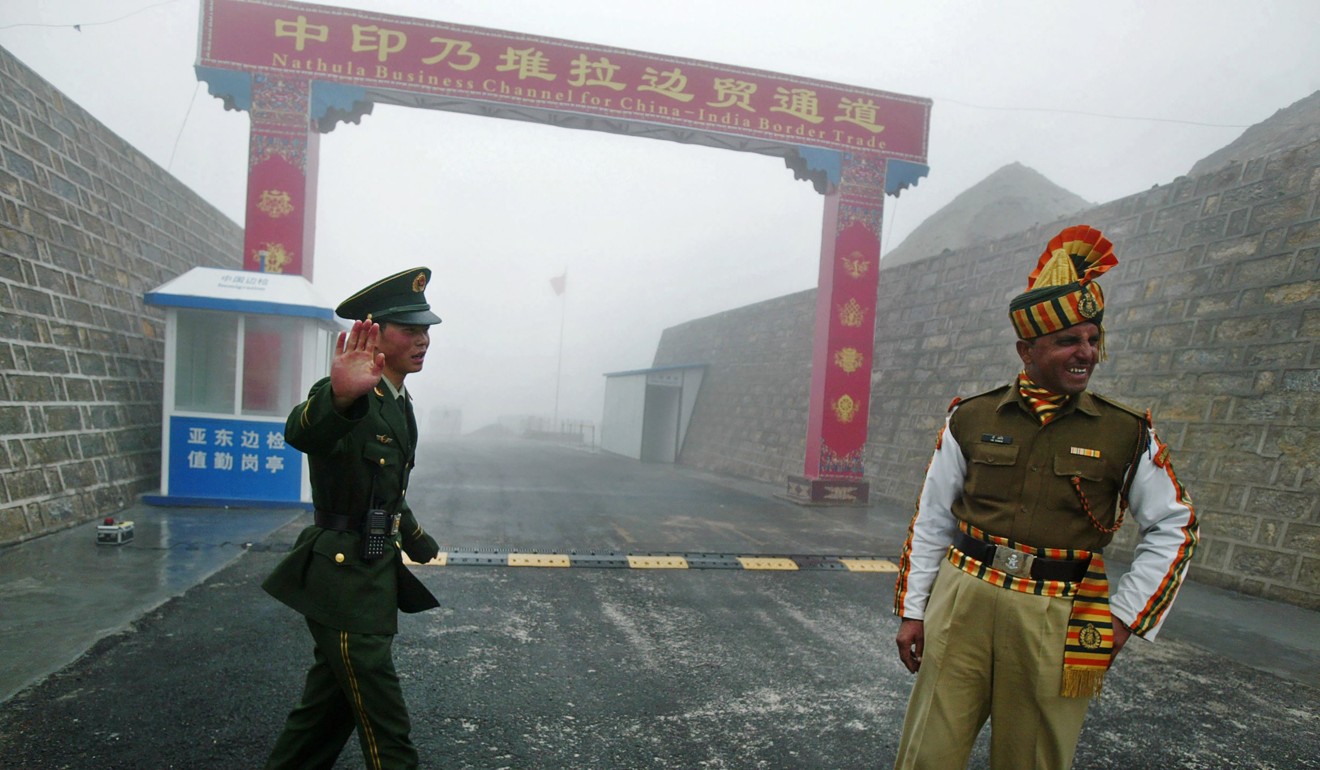
India and the West are concerned about China’s growing influence in South Asia – South Asians should be, too
Rubeena Mahato says even as they welcome China’s investment, smaller South Asian nations should be wary of its impact on their environment and politics, along with the responses of India and the West
It remains to be seen if the Chinese model will rescue countries from underdevelopment or push them deeper into economic troubles. But economic impacts aside, there are other less-discussed consequences of the belt and road strategy and increased engagement with China that South Asian countries should carefully consider.
The tri-polar competition of India, China and the West in the region has often led to frequent regime changes, political instability and, consequently, erosion of democratic rules and values in small South Asian states. Thanks to the belt and road scheme, the geopolitical rivalry will accelerate further.
At times, geopolitical competition has enabled South Asian states to wield bargaining power, but has more frequently locked them in survival mode, unable to focus on the more demanding jobs of state-building and economic development.

The second impact will be in terms of how close engagement with China through projects such as the belt and road transforms political culture and public opinion in the small states. A consequence of democratic decline in the West is that, increasingly, people in transitional countries may see China’s political model as more attractive.
The belt and road project will bring to the fore pertinent questions about environmental degradation, climate-change-induced conflict and displacement, and the potential for state failure. These challenges cannot be addressed at the state level but would need collective deliberations.
As of now, there is no mechanism or effective structure in place where such deliberations can take place. Forums like the South Asian Association for Regional Cooperation are ineffective and small states embroiled in their own battles have been unable to think together on issues of shared importance.

But, essentially, Western discourse on the initiative and proposed responses are helpful in understanding their entrenched interests in the region but it wouldn’t necessarily help countries in South Asia, even India, to prepare for the wide-ranging political economic and ecologic impact to be expected from a project of this scale. It is up to South Asian states to anticipate and prepare for the challenges ahead.
But whether South Asian states can form a joint front on problematic issues and reap benefits from the belt and road remains to be seen.
Rubeena Mahato is a Nepali writer. She writes on global politics and development policy

